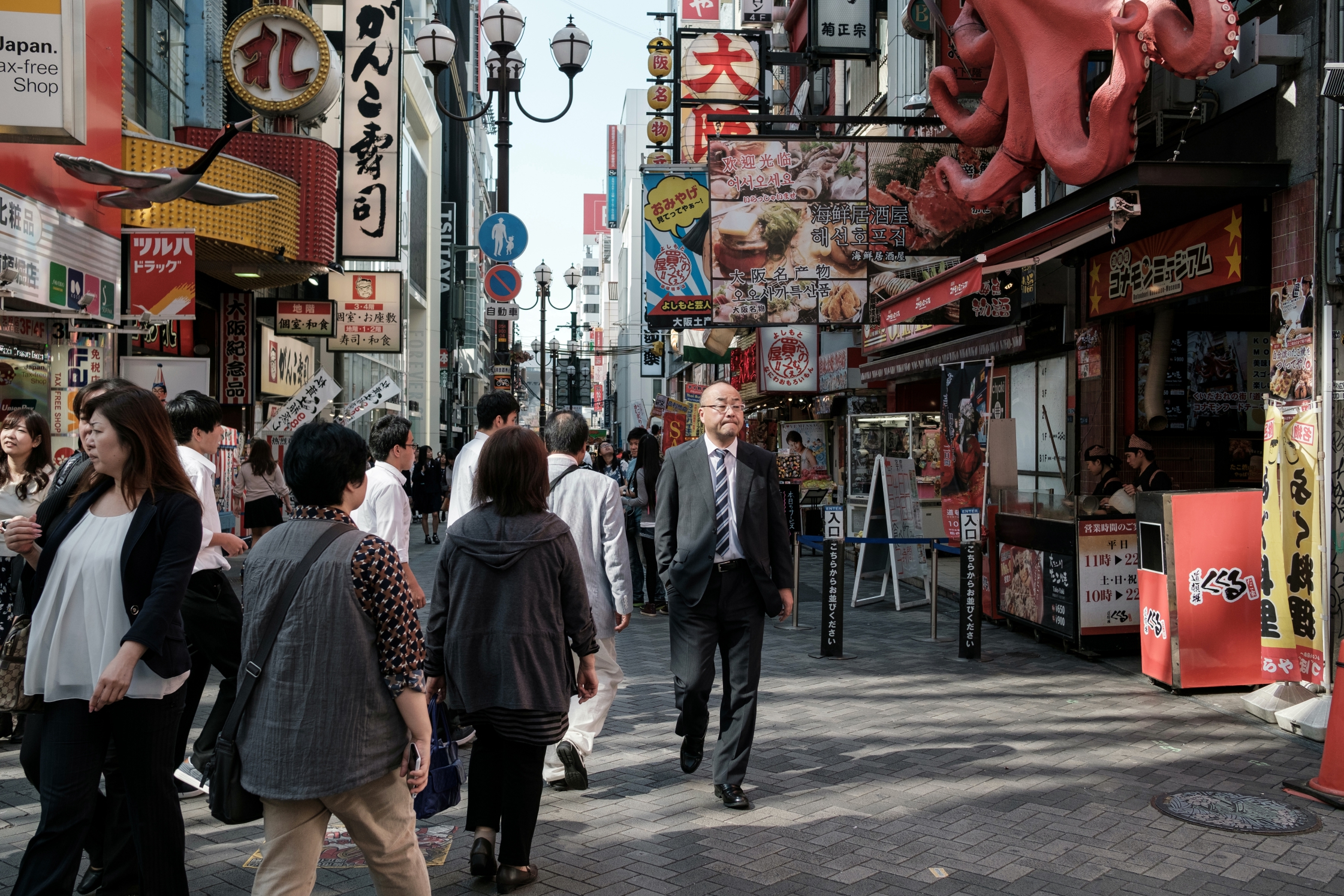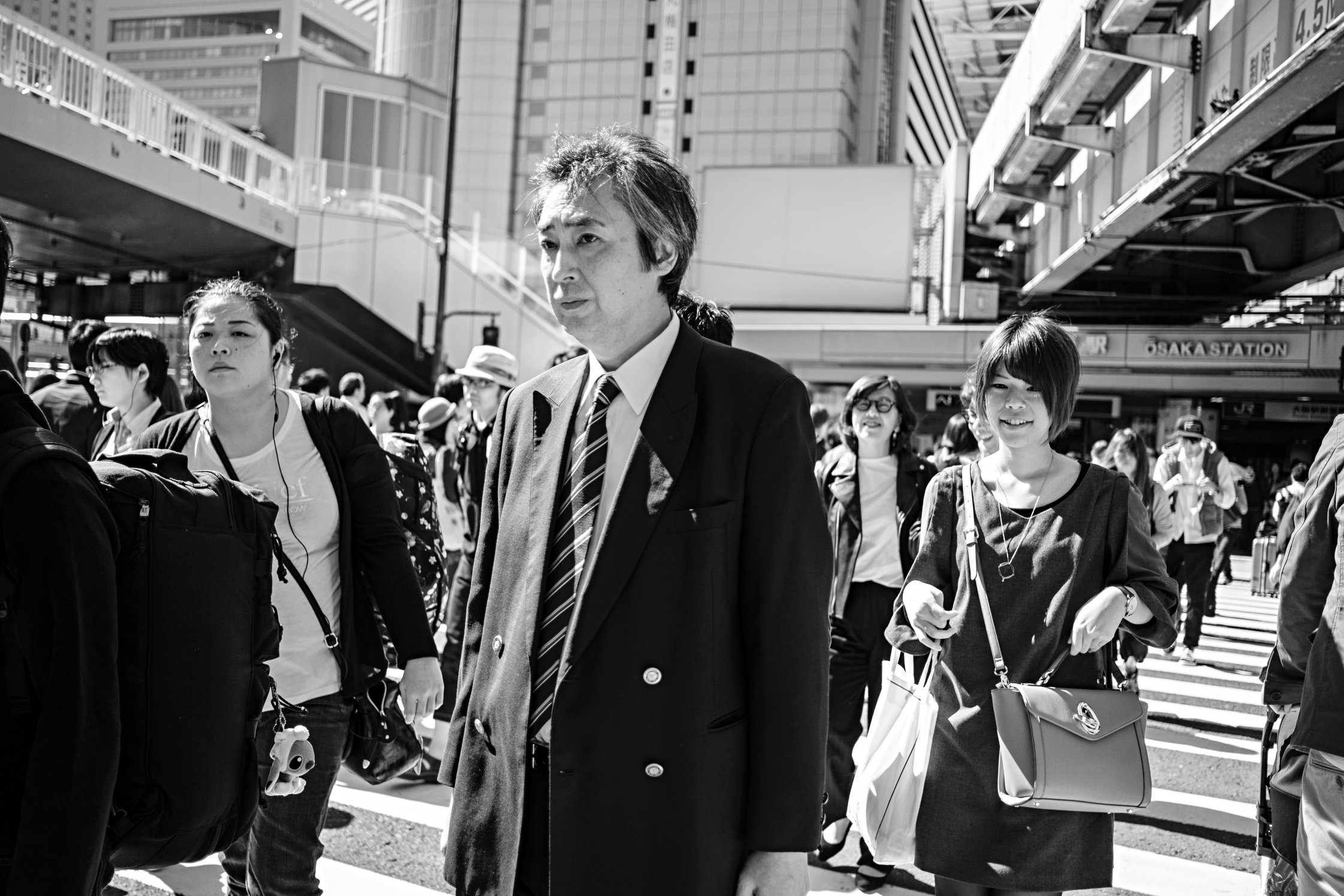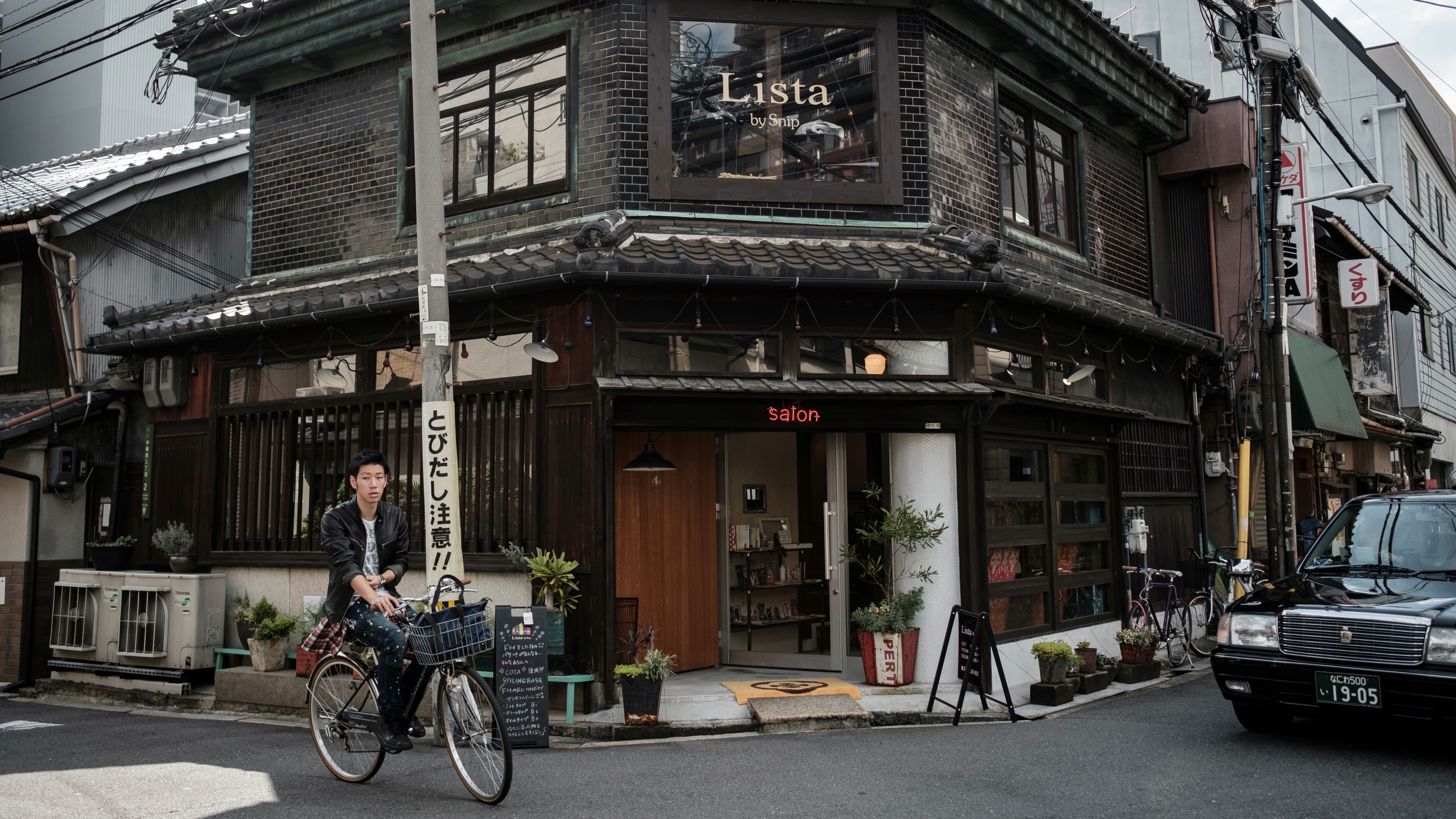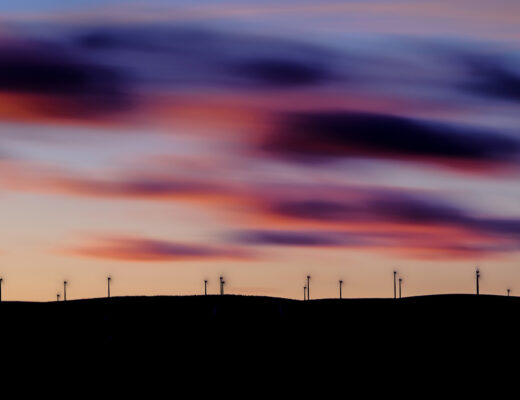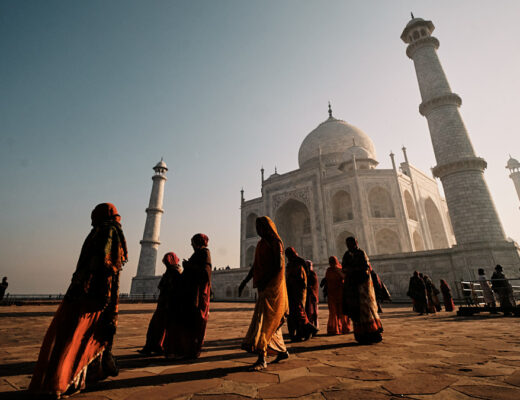As a desert island scenario, the 35mm lens (or 23mm in APS-C format) is probably the solid choice for most photographers. It’s neither wide nor telephoto, but you can pull off most images in a pinch with this focal length. The majority of point-and-shoot cameras in the film days were typically 35mm, and the popular X100 series has the same field of view for similar reasons. It’s just a practical focal length to take pictures with.
In addition, there’s an increase in awareness and demand for prime lenses, including options within a single focal length. The XF 23mm f/1.4 is an amazing lens, but not everyone needs the speed at the cost of size and weight (and price). Since the release of the XF 35mm f/2 WR last fall, photographers demanded more f/2 ‘Fujicron’ lenses, and the boys in Japan listened by giving us the new XF 23mm f/2 WR. Thank-you Fujifilm. I took the XF 23mm with me as my primary lens while on vacation in Osaka, and I was pleasantly surprised by how much I enjoyed shooting with this lens.
After doing a quick test before my vacation against the XF 35mm f/2 WR for AF speed and accuracy, I can confirm the new XF 23mm f/2 WR is slightly faster and more accurate overall. The majority of my images were shot wide open at f/2 and this lens nailed the shot 80-90% of the time. The only weakness is low light and close focus, but that goes for the XF 35mm lens as well. Compared to the older XF 23mm f/1.4, there’s no comparison. The new lens is silent, rarely hunts, super fast and accurate. The old lens is noisy, hunts, slow-ish and not as accurate.
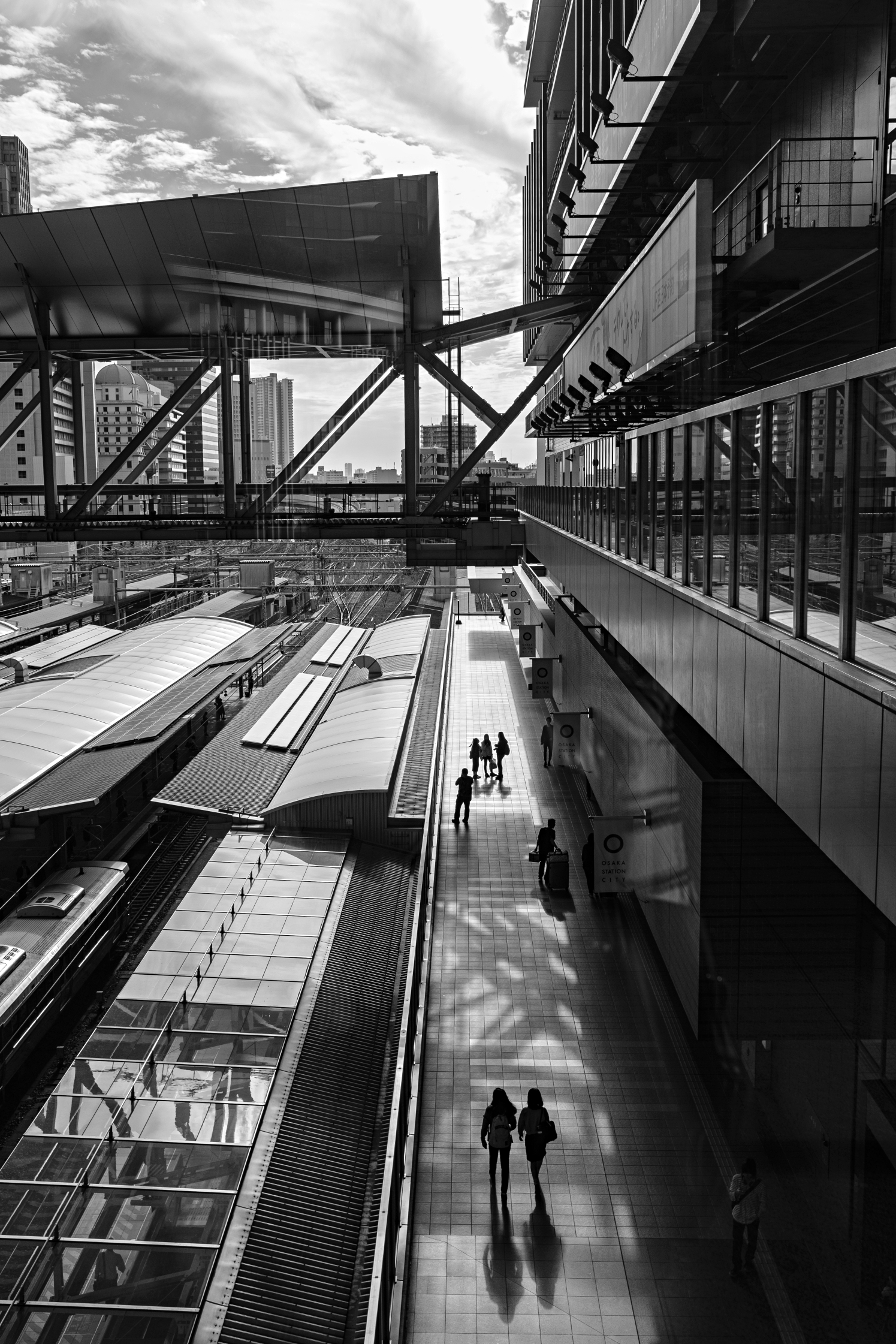 In terms of distortion and edge to edge sharpness, the nod goes to the XF 35mm f/2 WR. At close to medium distance, the XF23mm f/2 does exhibit barrel distortion along the edge (more so than the XF 23mm f/1.4mm) as well as some softness. However, at medium to far distance the lens is linear and sharp. Wide open, the lens does exhibit some fringing with extreme light, but stopping down and post processing removes it completely. Although this lens performs well while shooting wide open (AF speed and accuracy), optically the lens performs best at f/4-5.6.
In terms of distortion and edge to edge sharpness, the nod goes to the XF 35mm f/2 WR. At close to medium distance, the XF23mm f/2 does exhibit barrel distortion along the edge (more so than the XF 23mm f/1.4mm) as well as some softness. However, at medium to far distance the lens is linear and sharp. Wide open, the lens does exhibit some fringing with extreme light, but stopping down and post processing removes it completely. Although this lens performs well while shooting wide open (AF speed and accuracy), optically the lens performs best at f/4-5.6.
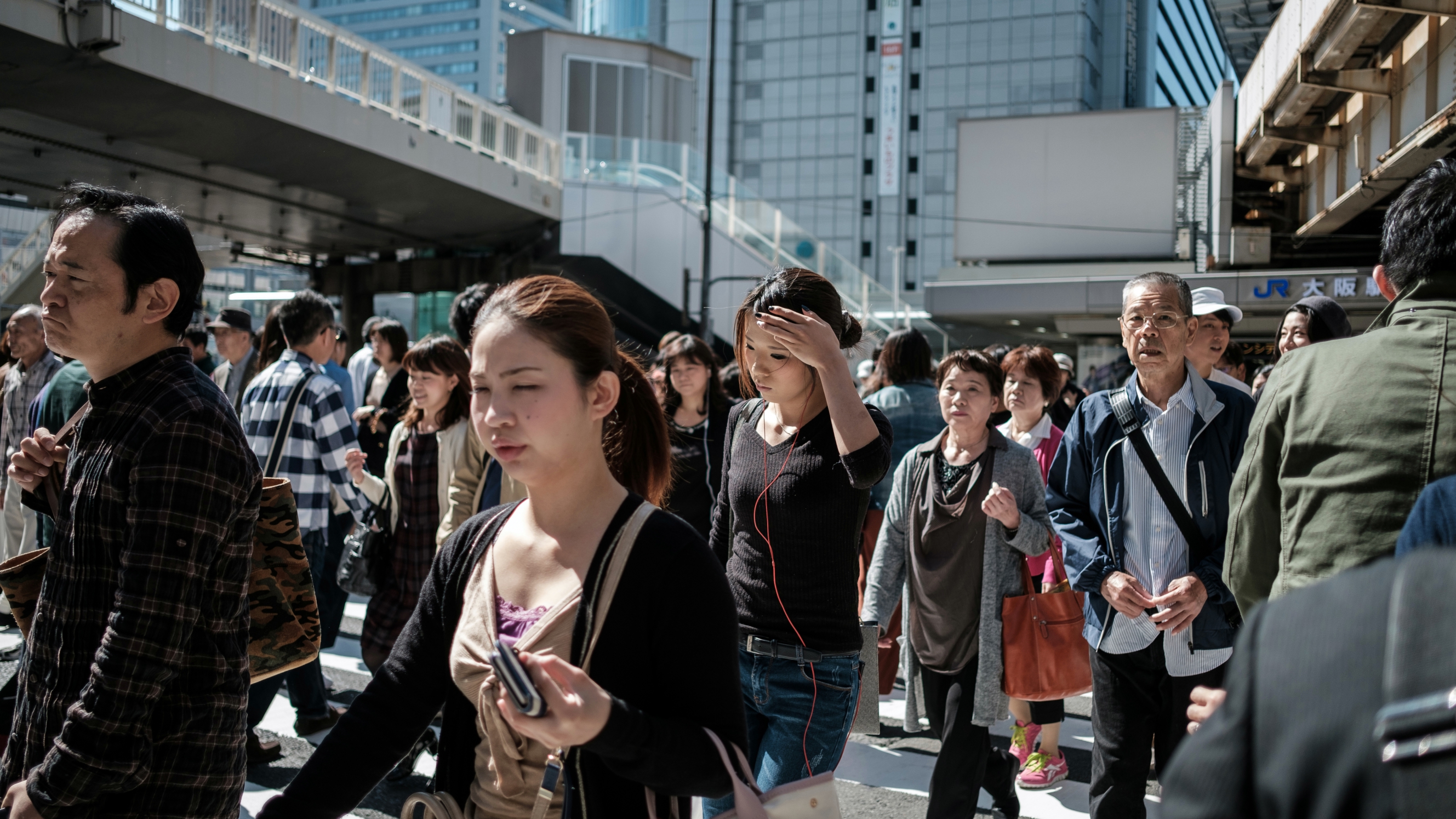 Technical details aside, the rendering on the XF 23mm f/2 WR is quite different than the XF23mm f/1.4 or the closely related XF 35mm f/2 WR. I’ve shot with all of these lenses quite extensively, and I can immediately see the difference when working with the RAW files in LR and PS. From a technical standpoint the XF23mm f/1.4 may perform ‘better’ optically, but I prefer the more cinematic rendering of the new XF 23mm f/2 WR. The shadows are more contrasty with the new lens, making the Classic Chrome and ACROS film simulation look more dramatic compared to both the XF 23mm f/1.4 and XF 35mm f/2.
Technical details aside, the rendering on the XF 23mm f/2 WR is quite different than the XF23mm f/1.4 or the closely related XF 35mm f/2 WR. I’ve shot with all of these lenses quite extensively, and I can immediately see the difference when working with the RAW files in LR and PS. From a technical standpoint the XF23mm f/1.4 may perform ‘better’ optically, but I prefer the more cinematic rendering of the new XF 23mm f/2 WR. The shadows are more contrasty with the new lens, making the Classic Chrome and ACROS film simulation look more dramatic compared to both the XF 23mm f/1.4 and XF 35mm f/2.
 I enjoyed night and evening photography with this focal length as well. This is where the extra stop of the XF23mm f/1.4 would have helped, but I don’t think I would have enjoyed the size and weight. The majority of these images were captured while I rode around on a bicycle through the back streets of Osaka. I had the X-T2 and XF23mm strapped across my body, always ready for the next shot. I love the size and weight combo of these two, although the X-Pro2 would have been just as good. If I had to choose between the XF 35mm or XF 23mm for night photography, I probably would go with the XF 35mm (check out my Hong Kong night photos). This is more of a focal length choice, not a lens quality issue.
I enjoyed night and evening photography with this focal length as well. This is where the extra stop of the XF23mm f/1.4 would have helped, but I don’t think I would have enjoyed the size and weight. The majority of these images were captured while I rode around on a bicycle through the back streets of Osaka. I had the X-T2 and XF23mm strapped across my body, always ready for the next shot. I love the size and weight combo of these two, although the X-Pro2 would have been just as good. If I had to choose between the XF 35mm or XF 23mm for night photography, I probably would go with the XF 35mm (check out my Hong Kong night photos). This is more of a focal length choice, not a lens quality issue.
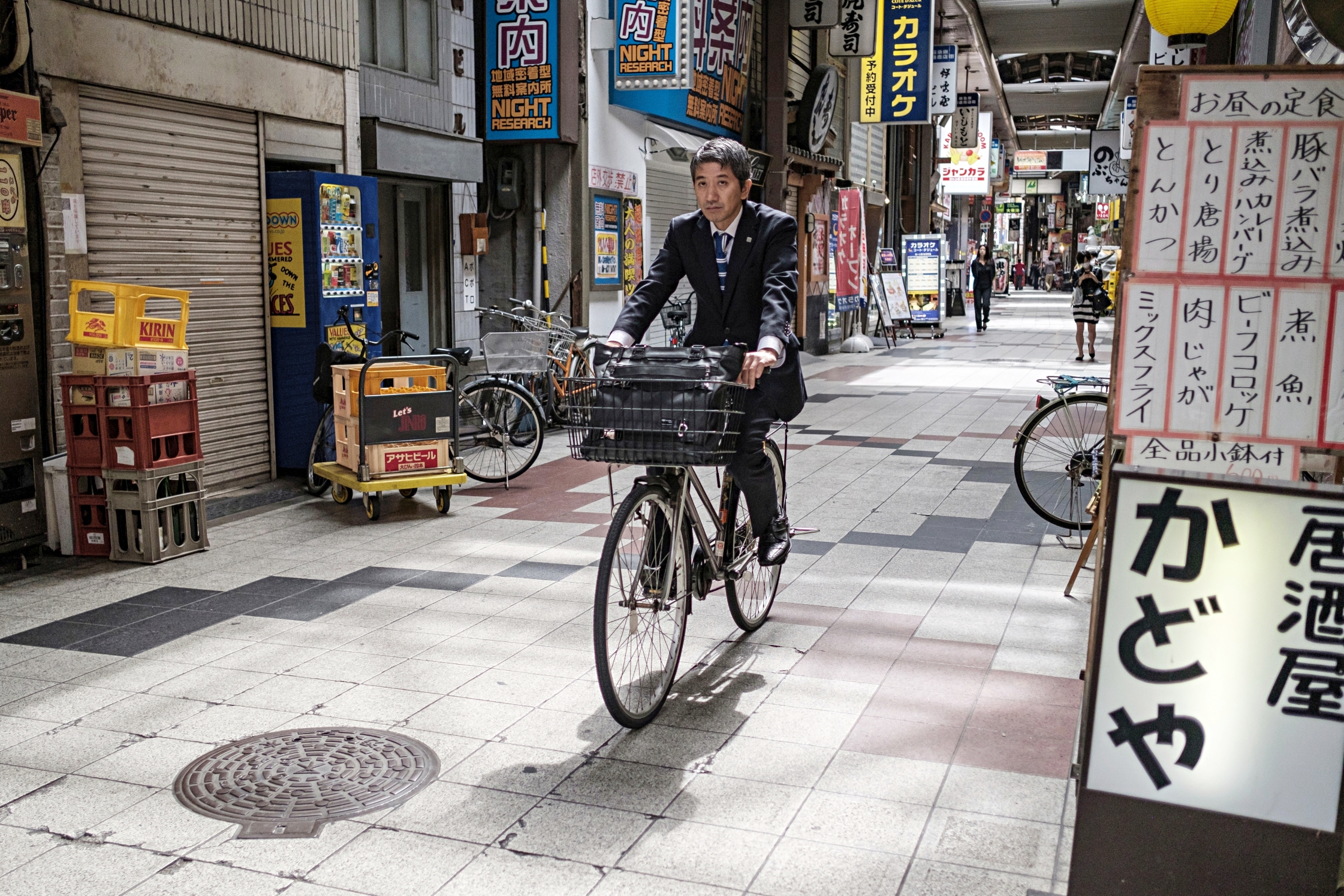 However, during the day in a busy and crowded city like Osaka, the XF 23mm is just right. The XF 35mm is great for pulling things in, but when you’re on a crowded street it’s hard planning to photograph something that’s coming up quickly. As well, I photographed many cyclists, and the XF 23mm was the perfect field of view for this type of photography. Most cyclists in Japan share sidewalks with pedestrians, so wider the better. Many of my images were taken at f/2-2.8 and as previously mentioned, the focus was spot on. When I tried using the XF 35mm f/2 WR for the same type of shots, the images were just too tight for multi-subject or layered images.
However, during the day in a busy and crowded city like Osaka, the XF 23mm is just right. The XF 35mm is great for pulling things in, but when you’re on a crowded street it’s hard planning to photograph something that’s coming up quickly. As well, I photographed many cyclists, and the XF 23mm was the perfect field of view for this type of photography. Most cyclists in Japan share sidewalks with pedestrians, so wider the better. Many of my images were taken at f/2-2.8 and as previously mentioned, the focus was spot on. When I tried using the XF 35mm f/2 WR for the same type of shots, the images were just too tight for multi-subject or layered images.
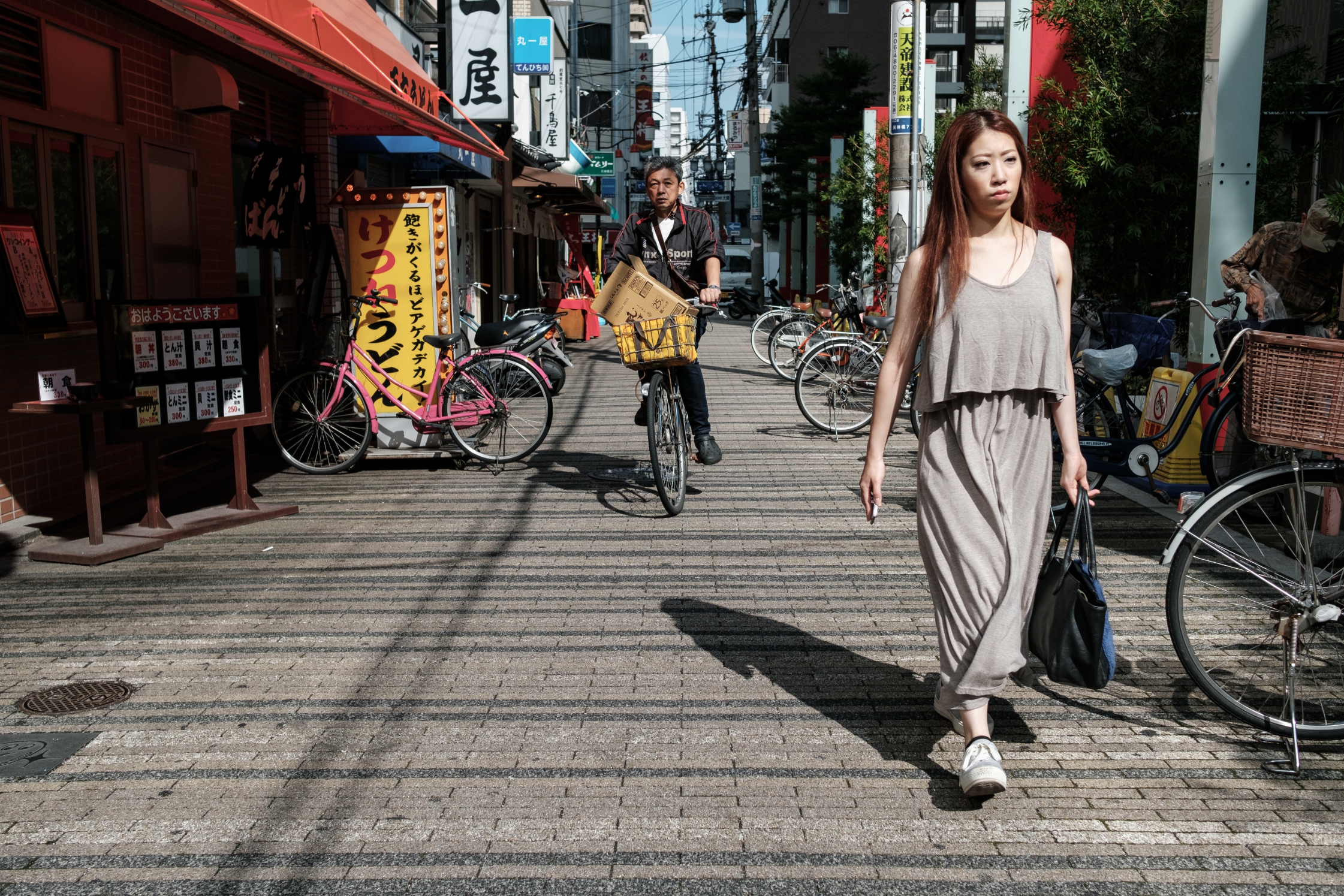 Some asked why I chose the X-T2 over the X-Pro2 to use with the XF 23mm and the XF 35mm lens while in Hong Kong and Osaka. First, I don’t think that one lens works better with a specific body, but there are some advantages with one over the other. The X-Pro2 has a lower, thinner and smoother profile (the X-T2’s eyecup snags on everything) and works well with these compact primes. However, the larger EVF, articulating LCD, more external dials and larger grip of the X-T2 makes it the performance choice over the X-Pro2. The only reason I chose to bring the X-T2 on both trips is because I needed the superior video capabilities, including the vertical power grip that gives me 2 extra batteries and external headphone monitoring. Moreover for work I choose the X-T2, but for personal work I prefer the X-Pro2.
Some asked why I chose the X-T2 over the X-Pro2 to use with the XF 23mm and the XF 35mm lens while in Hong Kong and Osaka. First, I don’t think that one lens works better with a specific body, but there are some advantages with one over the other. The X-Pro2 has a lower, thinner and smoother profile (the X-T2’s eyecup snags on everything) and works well with these compact primes. However, the larger EVF, articulating LCD, more external dials and larger grip of the X-T2 makes it the performance choice over the X-Pro2. The only reason I chose to bring the X-T2 on both trips is because I needed the superior video capabilities, including the vertical power grip that gives me 2 extra batteries and external headphone monitoring. Moreover for work I choose the X-T2, but for personal work I prefer the X-Pro2.
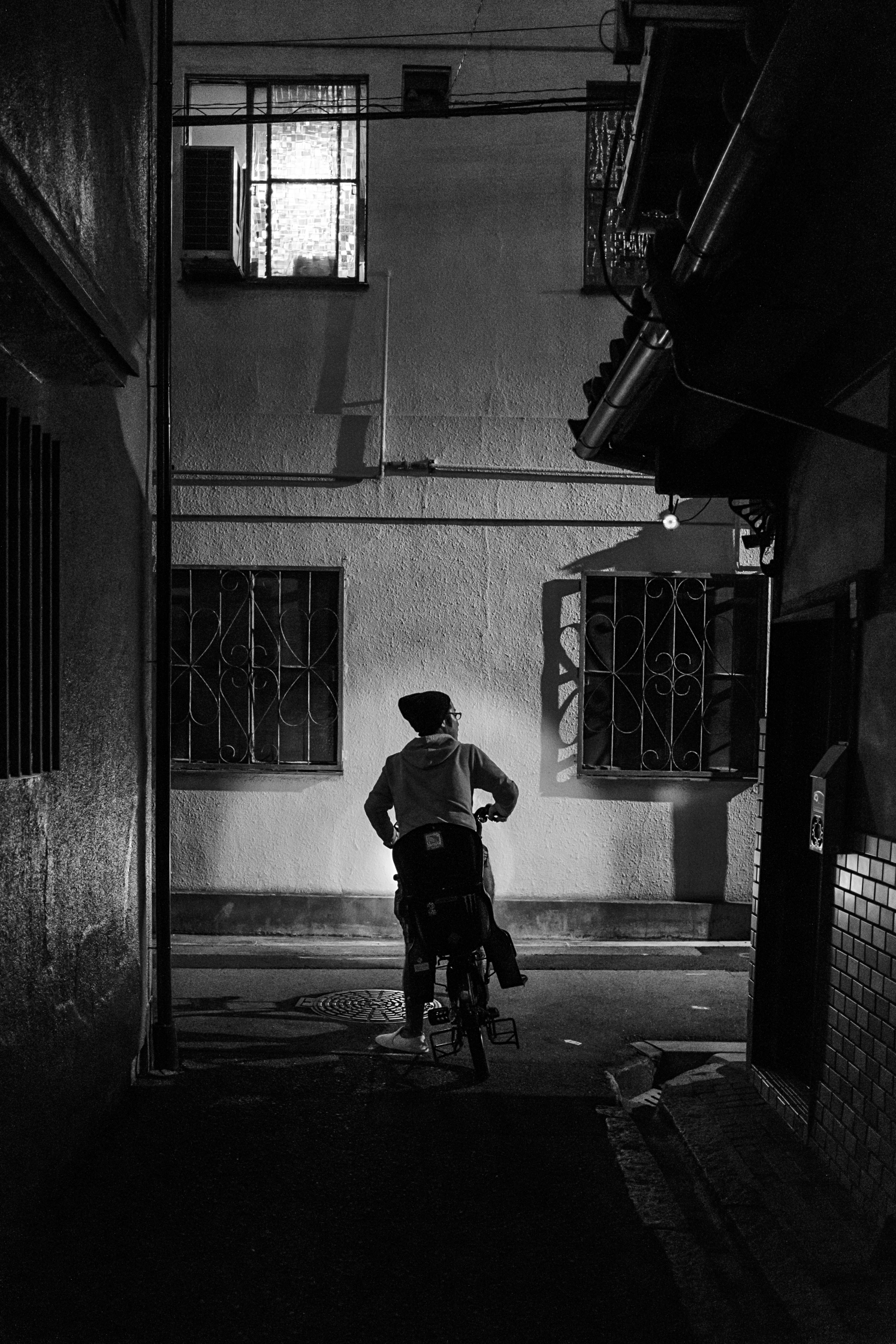 The natural question is if it’s worth ‘upgrading’ from the older XF 23mm f/1.4 lens. For a travel photographer who values compact size and weight (and WR) over ultimate optical quality and faster glass (I do believe the XF 23mm f/1.4 is optically superior), the XF 23mm f/2 WR is the clear winner. In fact, if you like the XF 35mm f/2 WR lens as well, the filter thread, lens cap and hood are exactly the same. Like many, I swapped hoods and both work equally well on each other. Another bonus is the lens cap actually fits on top of the funnel-like lens hood of the XF 23mm. It looks a bit weird but works perfect. I hope this compatibility of lens hood and cap size makes its way throughout this f/2 WR lens line-up.
The natural question is if it’s worth ‘upgrading’ from the older XF 23mm f/1.4 lens. For a travel photographer who values compact size and weight (and WR) over ultimate optical quality and faster glass (I do believe the XF 23mm f/1.4 is optically superior), the XF 23mm f/2 WR is the clear winner. In fact, if you like the XF 35mm f/2 WR lens as well, the filter thread, lens cap and hood are exactly the same. Like many, I swapped hoods and both work equally well on each other. Another bonus is the lens cap actually fits on top of the funnel-like lens hood of the XF 23mm. It looks a bit weird but works perfect. I hope this compatibility of lens hood and cap size makes its way throughout this f/2 WR lens line-up.
 I playfully compared the combination of the X-Pro2 and XF 23mm f/2 WR with the soon-to-be-replaced X100T. Shooting with the same focal length as the X100 series on the amazing new bodies, sensor and processor of the X-Pro2 and X-T2 only points to an actual serious showdown between them and the upcoming X100F (?). If I had to choose between the two for a future trip, I wouldn’t know what I would do. For now, I would easily choose the XF23mm f/2 WR and the X-Pro2 (or X-T2) over the current X100T. The XF23mm f/2 WR is optically superior to the seriously outdated lens on the X100T. That lens design is from 2010 based on a 12.3mp sensor. The new lens is based on a 24mp sensor and the new X Trans Pro processor. The AF is the fastest and most accurate lens in the entire Fujifilm line-up. Even compared to the XF23mm f/1.4, there’s good reason to pick the newer lens. For the slightly slower f/2 aperture, you gain faster and more accurate AF, WR, compact weight and size, and significantly cheaper. For this Osaka trip I took with me the XF 14mm f/2.8, XF35mm f/2 and the XF 23mm f/2. This was the perfect compact kit for a work/vacation trip. In the future I look forward to an entire Fujifilm ‘Fujicron’ (or Leica Summicron lens philosophy) line up to choose from. Thanks for reading and happy shooting.
I playfully compared the combination of the X-Pro2 and XF 23mm f/2 WR with the soon-to-be-replaced X100T. Shooting with the same focal length as the X100 series on the amazing new bodies, sensor and processor of the X-Pro2 and X-T2 only points to an actual serious showdown between them and the upcoming X100F (?). If I had to choose between the two for a future trip, I wouldn’t know what I would do. For now, I would easily choose the XF23mm f/2 WR and the X-Pro2 (or X-T2) over the current X100T. The XF23mm f/2 WR is optically superior to the seriously outdated lens on the X100T. That lens design is from 2010 based on a 12.3mp sensor. The new lens is based on a 24mp sensor and the new X Trans Pro processor. The AF is the fastest and most accurate lens in the entire Fujifilm line-up. Even compared to the XF23mm f/1.4, there’s good reason to pick the newer lens. For the slightly slower f/2 aperture, you gain faster and more accurate AF, WR, compact weight and size, and significantly cheaper. For this Osaka trip I took with me the XF 14mm f/2.8, XF35mm f/2 and the XF 23mm f/2. This was the perfect compact kit for a work/vacation trip. In the future I look forward to an entire Fujifilm ‘Fujicron’ (or Leica Summicron lens philosophy) line up to choose from. Thanks for reading and happy shooting.


